The Lost City consists of a series of archaeological sites that run for 25 miles along the Muddy River Valley near the town of Overton in the Moapa Valley of Southern Nevada. In 1924, brothers John and Fay Perkins from Overton, informed Nevada Governor James Scrugham of the Native American ruins. Governor Scrugham then enlisted the help of archaeologist M. R. Harrington who was at that time associated with the Museum of the American Indian in New York City. Harrington verified the importance of the archaeological sites, and named them Pueblo Grande de Nevada, the grand city of Nevada. He recognized the artifacts as belonging to the Anasazi (now called Ancestral Puebloan) civilizations that had flourished in the American Southwest for over 2000 years. He began excavations on the site in 1924 and continued off and on until 1938.
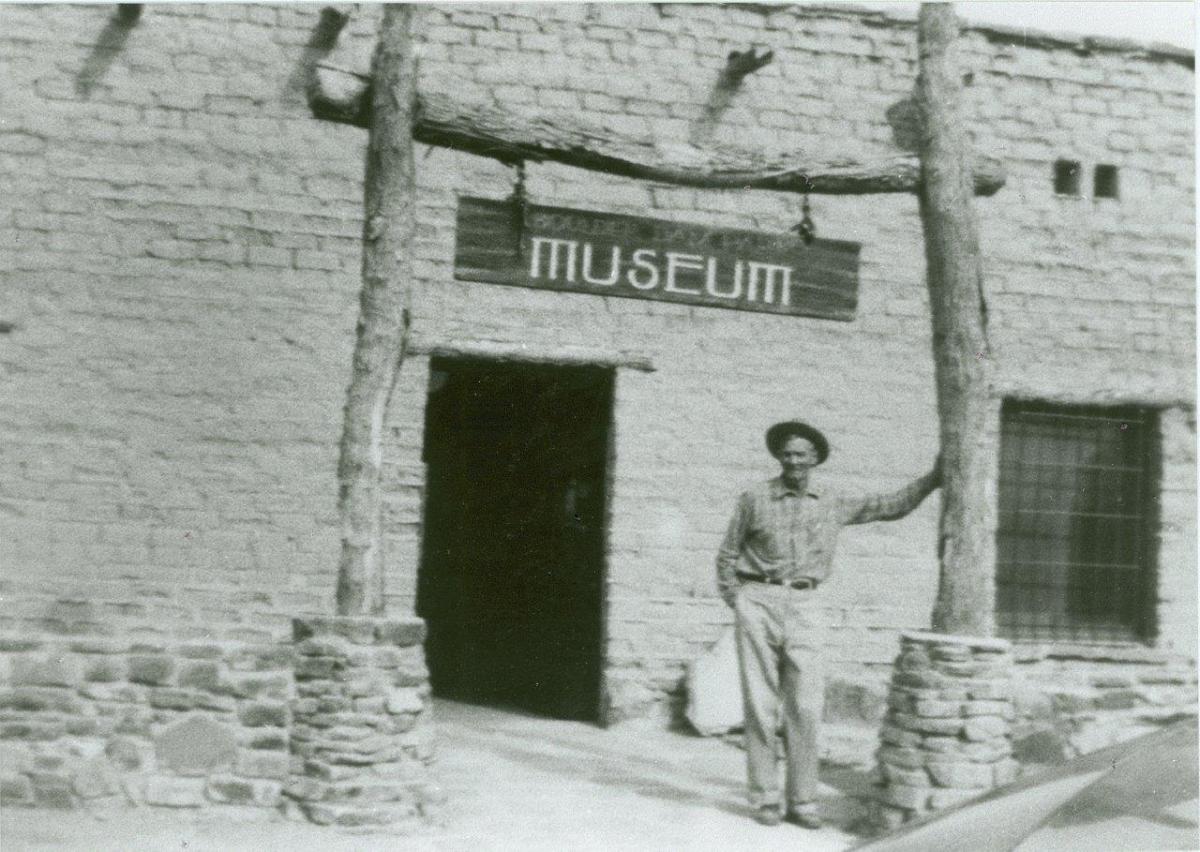
Fay Perkins, approximately 1940.
The name Lost City was given the area in the mid-1920s by the press. Pueblos were constructed and a train brought people to view a pageant with Native dancers and actors.
A Union Pacific advertisement for the Lost City.
During the 1930’s, the waters of Lake Mead rose as a result of the construction of the Boulder Dam (now Hoover Dam). Under the direction of Harrington, the Civilian Conservation Corps (CCC) worked to excavate the sites and ultimately protect the Ancestral Puebloan artifacts. In 1935, CCC workers built the Boulder Dam Park Museum (now the Lost City Museum) for the National Park Service to house the artifacts that were being recovered from the excavations. The building is now on the National Register of Historical Places.
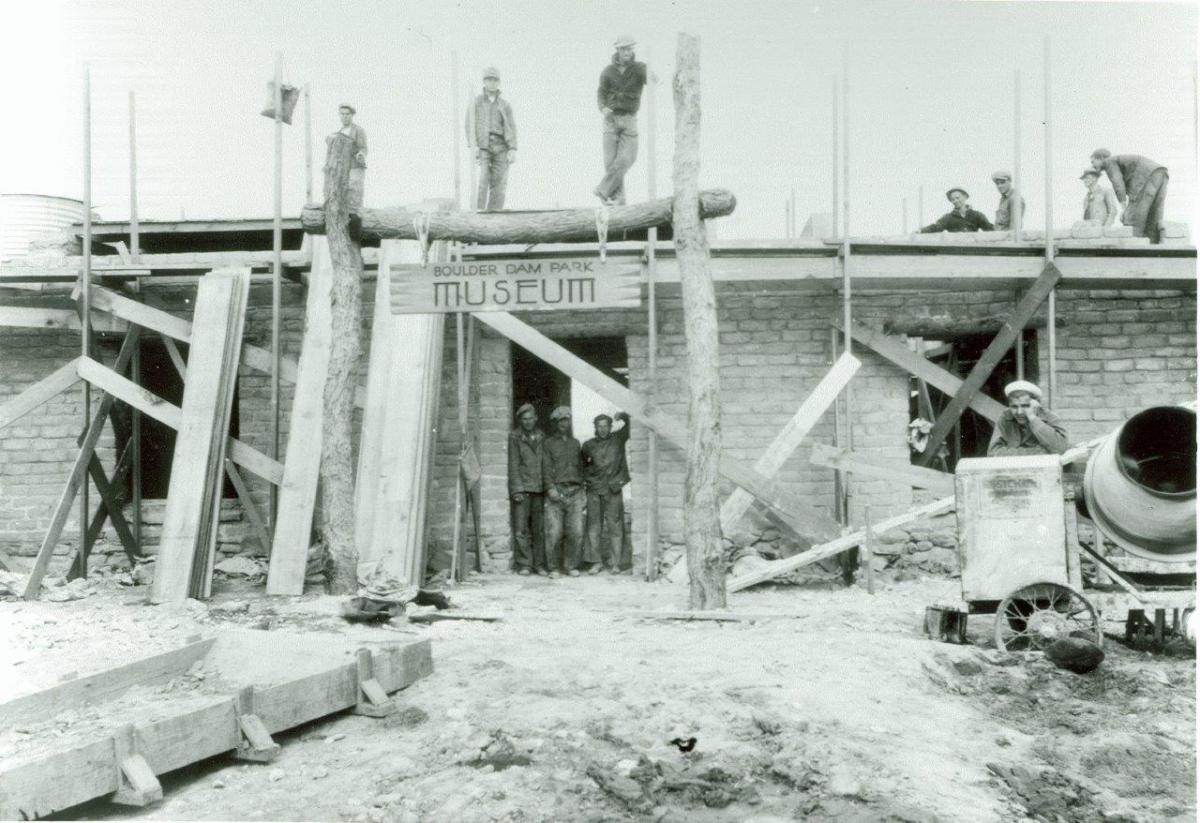
The Boulder City Museum (as it was known before the Lost City Musuem) being built, circa 1935.
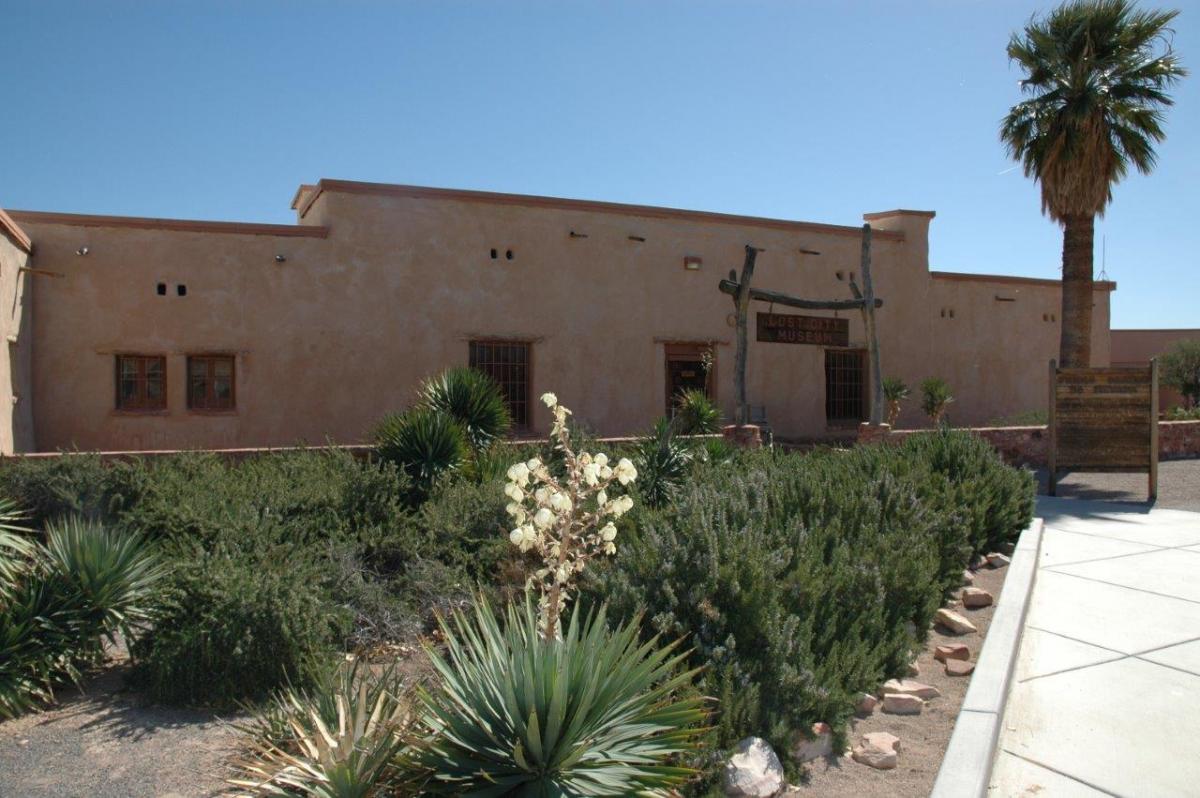
The Lost City Museum, present day.
The Lost City Museum has since been under the direction of multiple organizations. During World War II, the National Park Service used the Museum building as its Overton headquarters, keeping the Museum open to the public for a few hours each day. During the early 1950’s, Clark County provided funds for a caretaker to run the Museum. In 1953, the National Park Service turned the Museum over to the State of Nevada and removed their nationally owned artifacts. Private collectors loaned artifacts to the State to fill the Museum. It was not until 1955 that the Museum was officially funded through the Nevada State Department of Buildings and Grounds and was renamed the Lost City Museum.
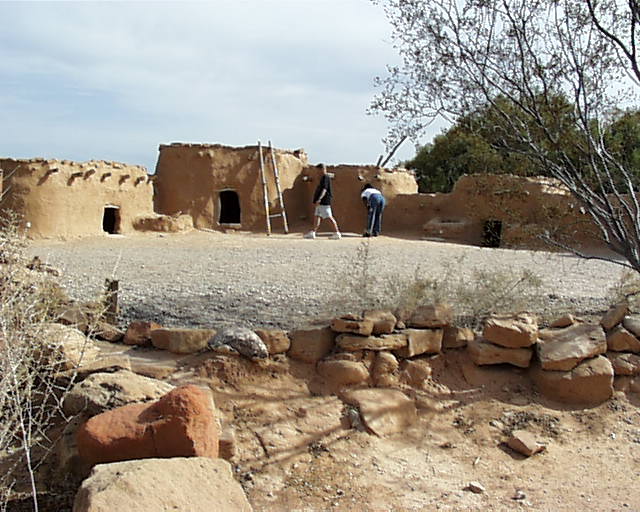
Pueblos behind the Lost City Museum.
In 1973 and 1981, new galleries were constructed with funds appropriated by the Nevada Legislature. In 1971 and 1973 additional funds were appropriated to purchase the loaned artifacts. The Museum became one of the seven museums managed by the Division of Museums and History Division of the Department of Cultural Affairs of the State of Nevada in 1979.
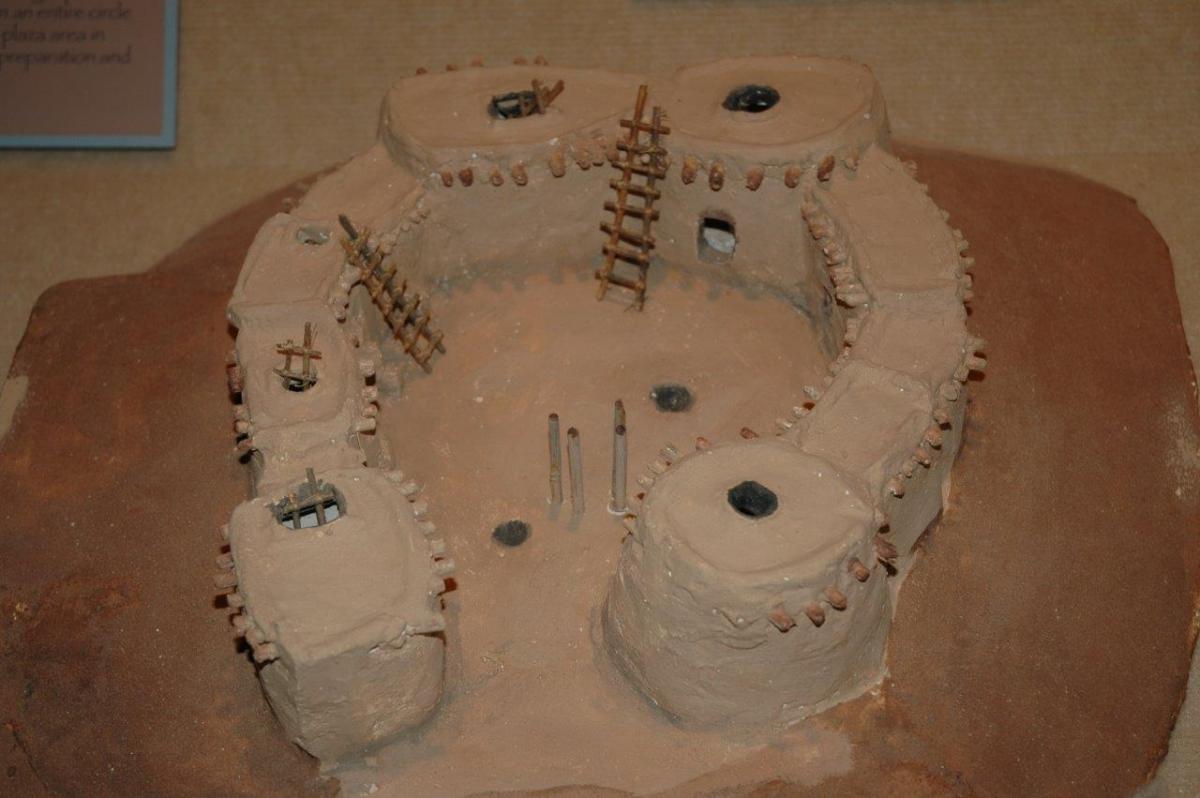
A model of Pueblos.
The Museum is constructed on this historical excavation site. The walls of the 1981 gallery were built around the foundation of a Pueblo complex, thus protecting it and making it one of the displays. Visitors today will also see a recently updated exhibit that tells the story of the the excavations; information about the geologic and cultural history of the area; a special exhibit with an overview of the last 150 years of Nevada history celebrating Nevada’s Sesquicentennial; and a display that changes monthly of the works of one or more local artists. In addition to the three exhibit galleries, there is a small orientation theater; a research library; a museum store; outdoor archaeological and historic exhibits, including reproduction pueblos; and a picnic/barbeque area. Every year the Lost City Museum hosts a variety of children’s activities, Native American Day, a special Christmas Open House, and other programs and activities.
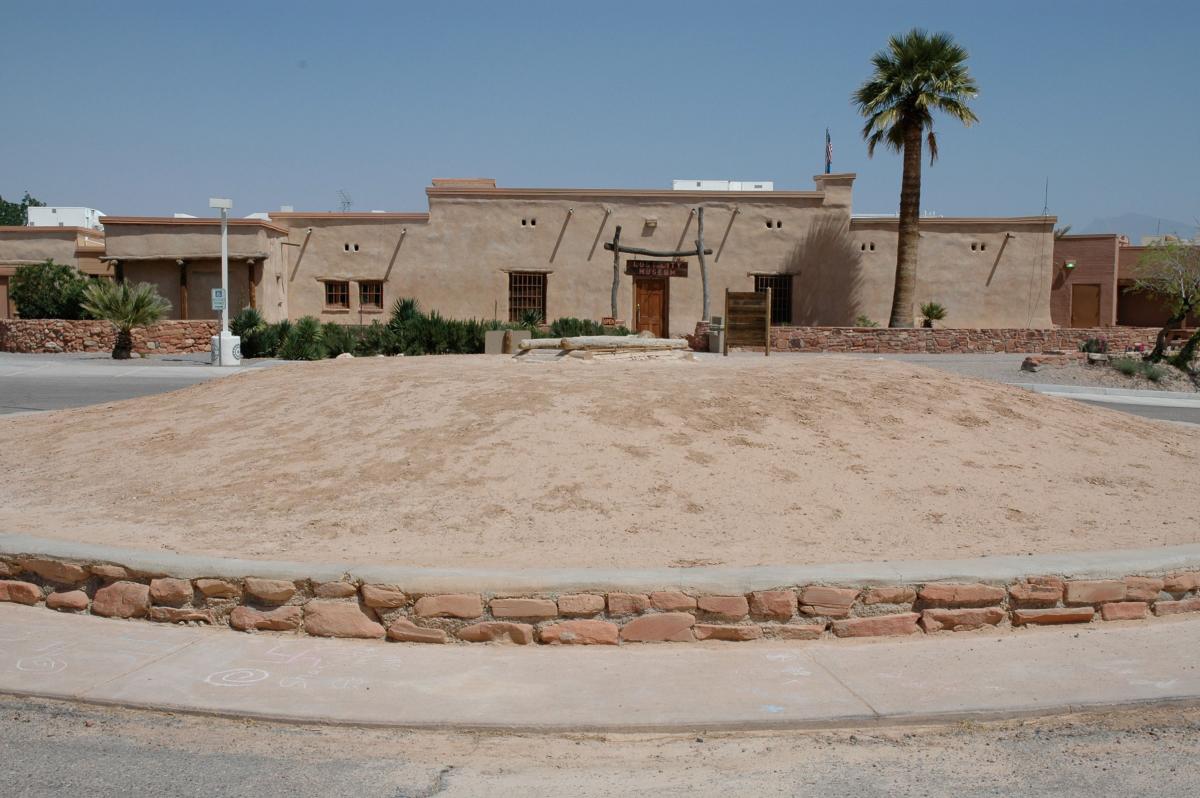
A pithouse in front of the Museum.
Visit the Lost City Museum, as well as Michael Heizer’s landmark piece Double Negative and Valley of Fire during a pre-conference tour at WMA 2014! Learn more here.

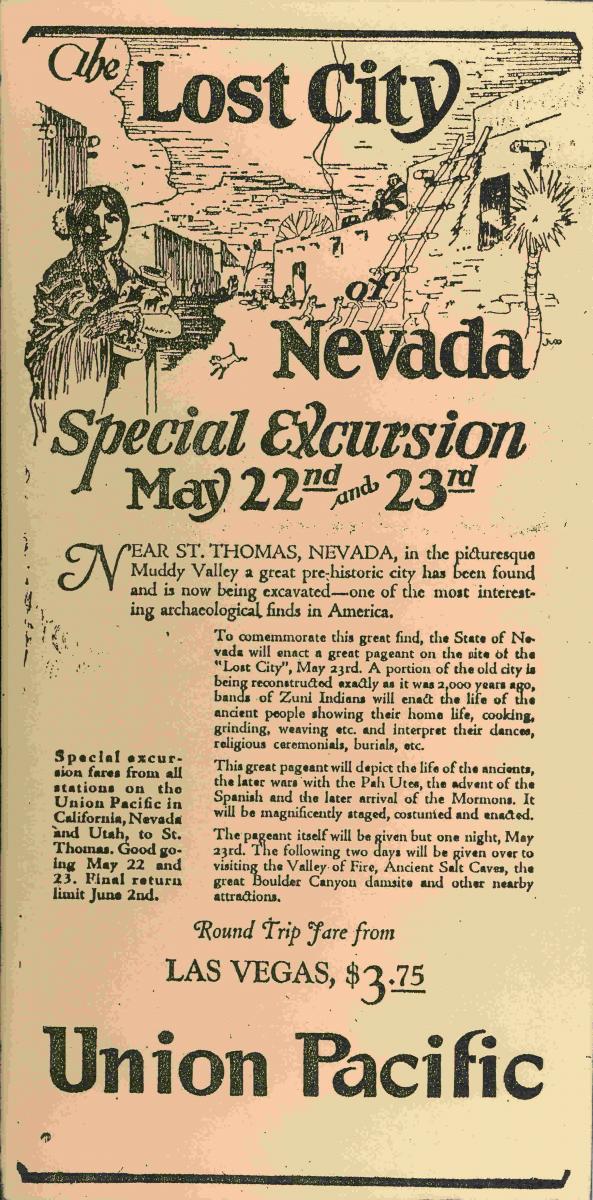







Add new comment